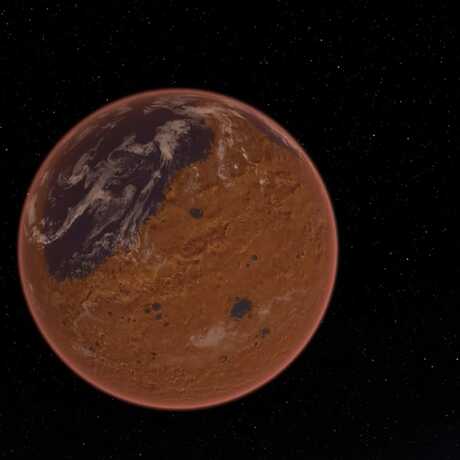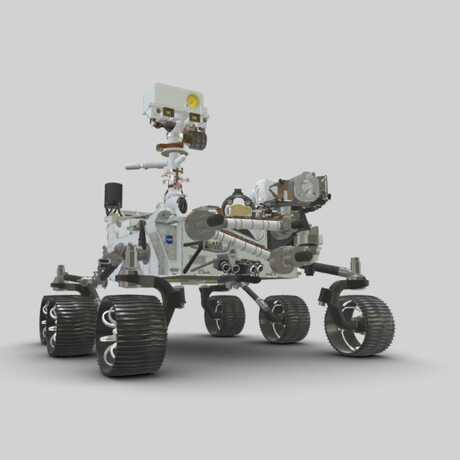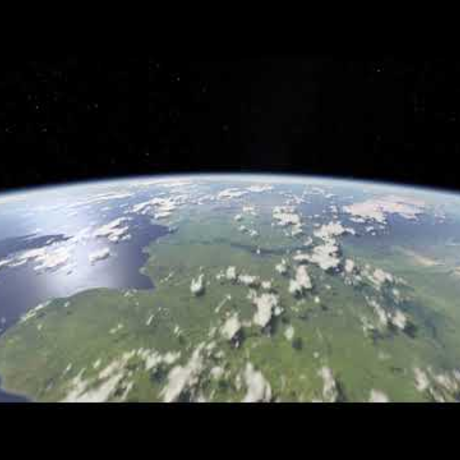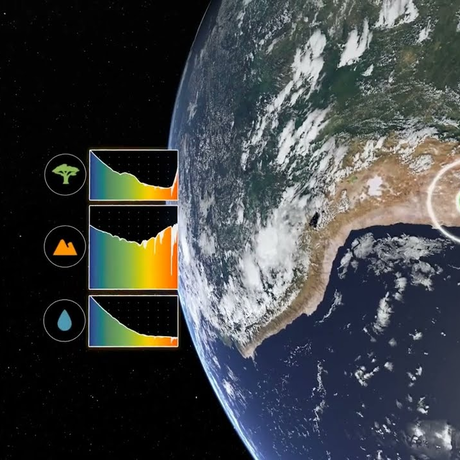
Duration: 3 minutes
Grade Level: Best for grades 5+
Billions of years ago, Mars harbored water on its surface, and water circulated in its atmosphere. Under the martian surface, water likely flowed from the southern highlands to the low-lying northern hemisphere. And where we find water, we can hope to find life.




